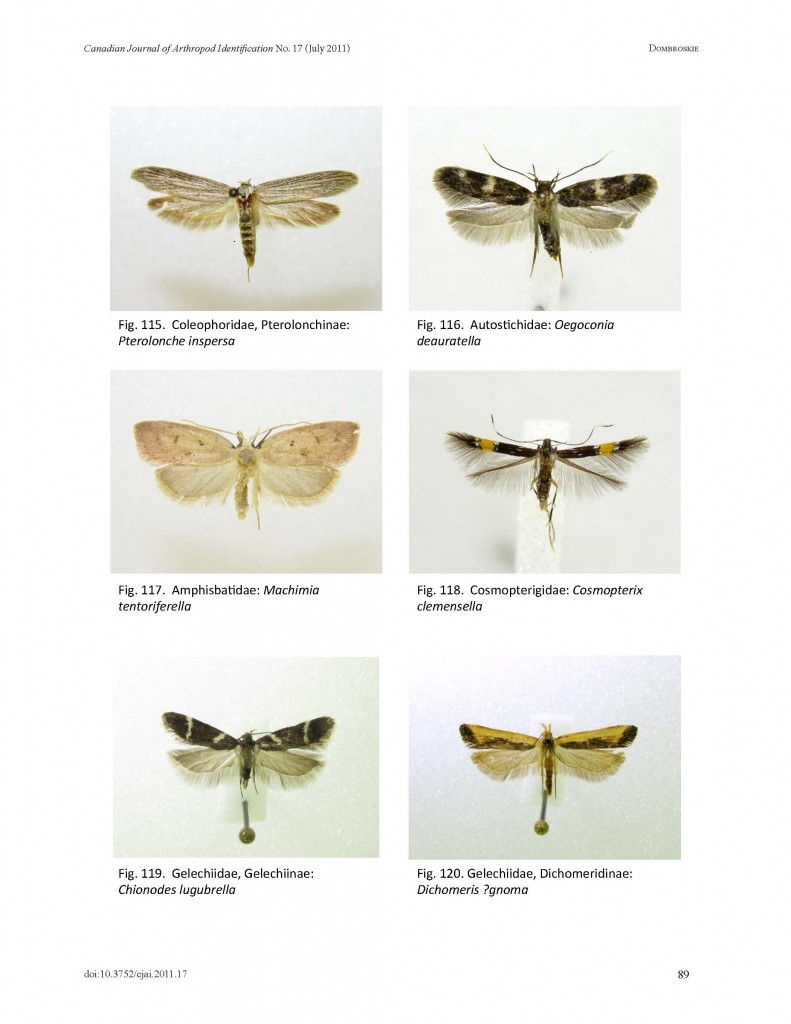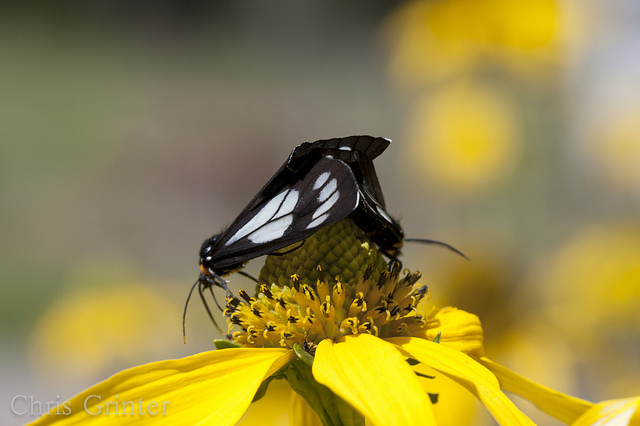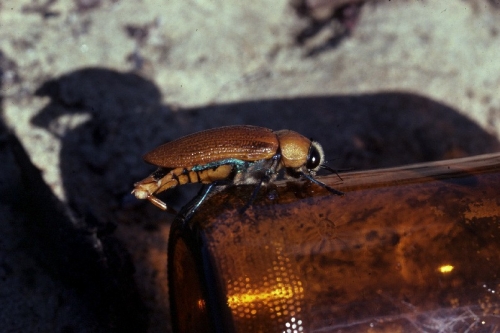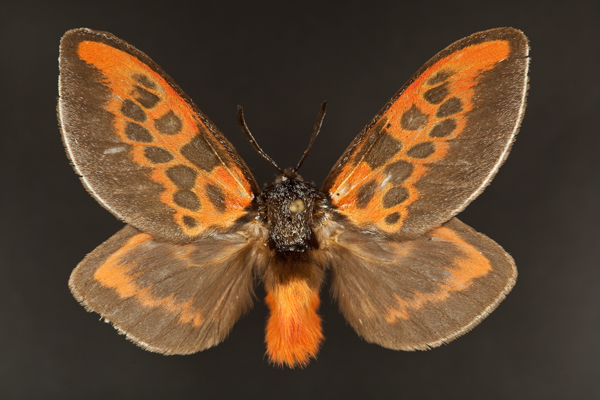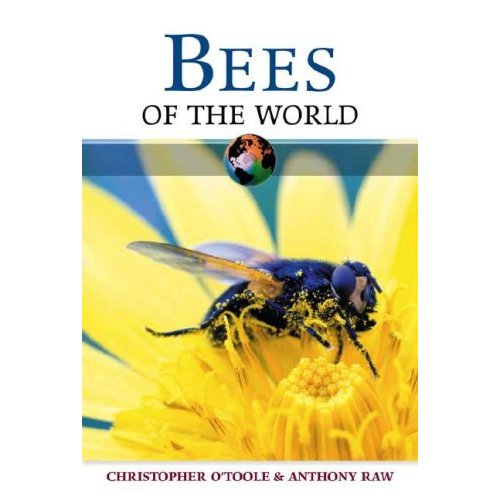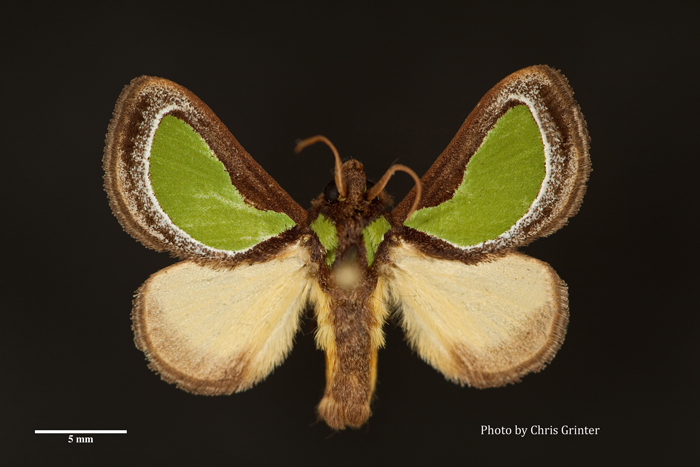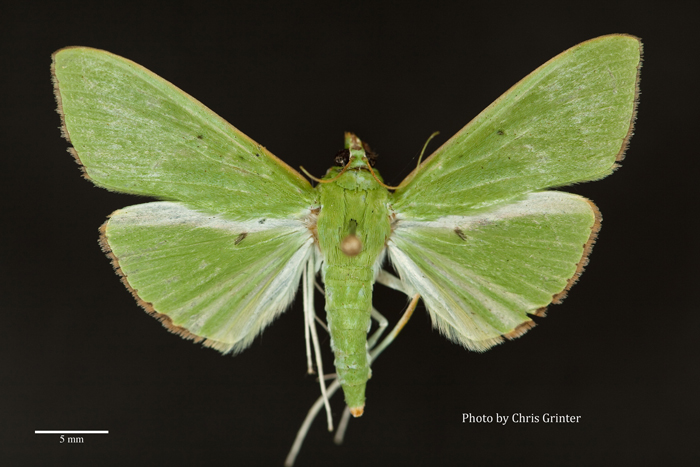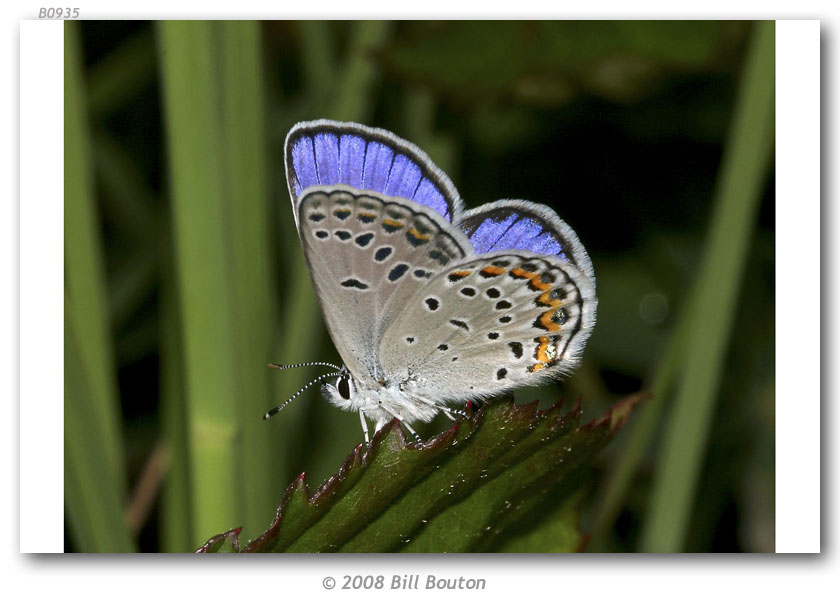A few months ago a magnificent key to the Lepidoptera of Canada (pob un ohonynt) was published by Jason Dombroskie – myfyriwr PhD o U. o Alberta. Mae'r rhaglen ar gael ar gyfer defnyddwyr ffenestri yn unig felly nid wyf wedi cael cyfle da i archwilio eto – but the PDF is available online and covers the same material. All known Canadian Lepidoptera are included in this key and most of them down to subfamily or even tribe! Mae 222 taxa, 73 characters and 266 character states that help narrow things down. This is the first reference of its kind to accurately and completely cover the fauna of an entire country and the first to use a well illustrated and interactive key. It’s surprising how well known the leps are yet how few good references exist, almost none of which have a usable key. For everyone out there who has struggled to identify leps before this will be an incredibly helpful resource. Roddwyd, there are likely a few US moths that could throw a wrench into the flow of things, but by and large I doubt there will be many problems.
|
This Monday moth is an Arctiinae, Gnophaela vermiculata. These beautiful day flying moths were abundant on yellow Helianthus flowers around 9000′ in the Santa Fe National Forest, New Mexico. Caterpillars feed on bluebells, but the adults prefer the highest quality nectar source in the area – which fortunately makes for easy and attractive photo subjects. Mae heddiw'n ddiwrnod trist yn hanes Ffiseg, y Tevatron accelerator at Fermi Lab in Batavia Illinois was powered down for the last time. Unwaith y bydd yr ail cyflymydd mwyaf pwerus yn y byd (a mwyaf pwerus yn yr Unol Daleithiau), the new LHC has made this beautiful machine obsolete. I can only assume the teams of scientists working at Fermi were hopeful for further funding, but the grand ol’ days of big-budget physics was crushed by congress in 1993 with the cancelation of the SSC. Off to Europe our physicists go! I have many fond memories of visiting Fermi with my grade school science class. Every year Mr. House would take us to explore the physics and nature surrounding the lab. I recall a feeling of privilege when you visited a real working lab where there were no public displays with cute goggly-eyed atoms, just chalk boards full of Feynman diagrams and 3 day old cups of coffee. But it was probably the fully restored big bluestem prairie that grew on and around the 4 mile collider ring was where I had the most fun and is what left a lasting impact on my scientific career. And so it goes, the evolution of science in the US. I have noticed this particular trend: 1) An active science facility with lots of research has a tiny museum for public tours. 2) The research loses funding and the tiny museum takes over. 3) The museum is renovated to be more “teulu” friendly and “interactive”, while science is pushed into the basements. 4) Whatever scientists are left (or students hired to act like scientists) are put under glass for the public to watch like strange creatures; all while true research fades into memory. Y 2011 Ig Nobel Cynhaliwyd y seremoni ddoe yn Theatr Sanders Harvard. Noddir y wobr gan Improbable Research, sefydliad sy'n casglu'n hynod ddiddorol, rhyfedd, a phapurau ymchwil cwbl ddoniol sy'n buddugoliaethu'r syniad nad yw pob gwyddoniaeth yn ddiflas. Ymhlith y derbynwyr nodedig eleni roedd cyd-entomolegydd a blogiwr David Rentz, a dderbyniodd yr IgNobel mewn Bioleg am a darganfyddiad a wnaed yn 1983 gyda'i gydweithiwr Darryl Gwynne yn y outback Awstralia. Er mawr syndod iddynt, arddull arbennig o botel frown gyda mewnoliadau ar y gwaelod (“stubbies”) profi'n anorchfygol i wrywod o'r chwilen Buprestid
Llongyfarchiadau Dave a Darryl!
[youtube kZyIN23Cy4Y 480 360] Mae byd y pryfed microsgopig yn un gwahanol iawn i'n byd ni ac anaml y cawn gipolwg arno. Thanks in part to the impressive Phantom camera system and the Flight Artists project researchers have filmed the minute (1mm!) Trichogramma wasp (Chalcidoidea) yn hedfan. These insects are egg parasites of Lepidoptera (amongst other groups undoubtedly) and can be used as effective biocontrol agents. As you’ll see in the video it’s been long understood that these wasps hitchhike on adult Lepidoptera waiting for fresh eggs, but it wasn’t know how they got there and if they were even flying onto the adult hosts. Stunningly, this wasp flaps its wings at ~350 times per second to achieve some astounding feats of movement. The biomechanics of this wing mechanism must be fascinating. Scroll ahead to 1:07 and watch the interaction of the two wasps – the one that flips off to the left of the screen moves in such a bizarre way it looks like bad CGI. I sure hope they record more species of minute flying insects!
Mae'r gwyfyn dydd Llun hwn yn fenyw syfrdanol o'r Neotropical Megalopygidae – Trosia nigrorufa. Casglodd Ed Ross ac Ev Schlinger y sbesimen hwn ym Mheriw yn 1955, ac rydw i wedi clywed llawer o straeon am yr alldeithiau epig hyn. Ni allaf ddychmygu teithio ar long cargo mewn gwirionedd, bod wedi mynd am chwe mis neu fwy ar y tro ac yn dibynnu'n bennaf ar ohebiaeth ysgrifenedig. Mae'n rhaid ei fod wedi gwneud i'r byd deimlo fel lle llawer mwy nag ydyw heddiw. Mae hwn yn bert methiant epig. Amcana y “oedolyn ifanc” canllawiau cyhoeddi yn llai llym â “ffeithiau”.
Diolch i Richard Lee Brown am bostio hwn gyntaf ar Facebook.
Rydym i gyd yn gweld y diwrnod hwn yn dod, y cynnydd y glöynnod byw, y diwrnod y byddant yn cymryd dial arnom ni. Na 'n bellach y byddant yn oddefol hedfan o gwmpas eu cynefinoedd wrth iddynt gael eu dymchwel ar gyfer malls a llygredig gyda dŵr ffo. One particularly angry Karner Blue has submitted a letter to the Onion warning us that our time is about up. Endangered little Lycaenidae will join hands and come after us some quiet night while we’re asleep in our beds. We at the Lepidopterists’ Society have even made their list for failing to take action. Together we should act before it is too late – let us preemptively strike before the rise of the blues. Save your families! Burn those styrofoam containers, pave the prairies, drive your off-road vehicles and take a stand against these fluttering fanatics! (or we could just save them…) There has been a continuing discussion over the last few years of why so few women remain in science. While I’m not going to dive into that topic here, you can find great discussions yma, yma, yma a yma. I don’t however think anyone argues about why women don’t enter science in the first place, especially when you see things like this. Way to print that soul crushing stereotype right on the front of your daughters shirt, JCPenny. (drwy Skepchick) |
Amheuaeth |
